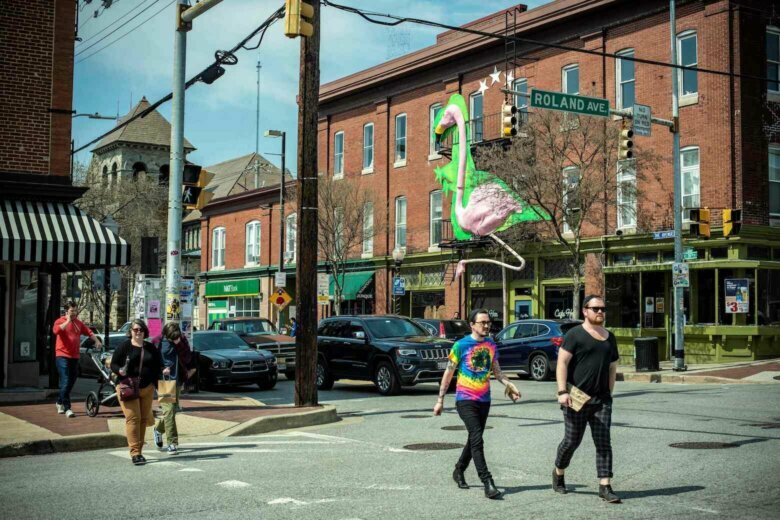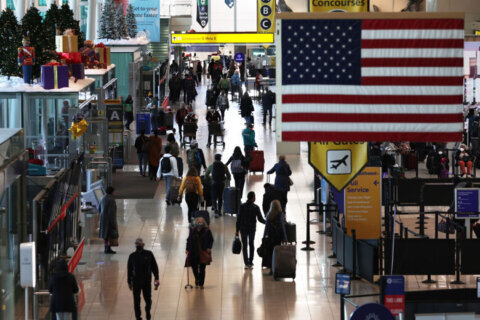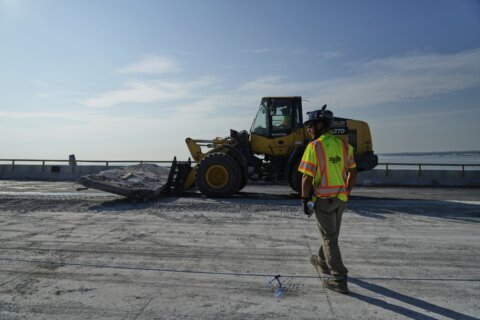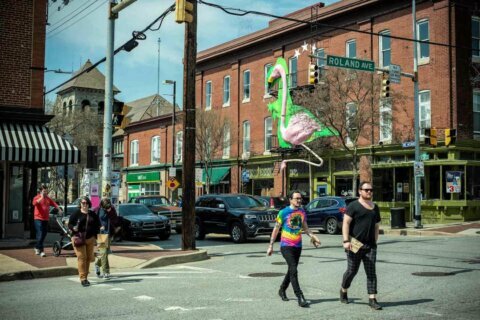
A new study has found racial disparity regarding access to Baltimore’s transit system.
While public transit provides low-cost access to jobs, food and health care, the study by the Johns Hopkins Bloomberg School of Public Health and the Baltimore Transit Equity Coalition says that it often “fails to get people to their destinations in a reasonable amount of time” in Baltimore.
This finding, the study says, is “especially concerning,” because low-income people of color represent most transit-users in Baltimore.
It highlights the formerly proposed Light Rail Transit Red Line in Baltimore, which would have run from Bayview in the east to Woodlawn in the west in Baltimore city and county while connecting neighborhoods to the downtown area.
The project was canceled by Gov. Larry Hogan in 2015, according to the study, and the funds were “reappropriated to repair roads in majority-white communities.”
This move, it said, “exacerbated disparities in access to jobs and other destinations based on race.”
Social vulnerability was a focus of the study, in particular: socioeconomic status; household composition and disability status; minority status and language abilities; and housing type and transportation access.
In its recommendation, the study said that neighborhoods such as those with more Black residents have a “greater need, extending to the southern tip of Baltimore” for transit investments.
The below map produced during the study shows the darker color that indicates areas of greater need:
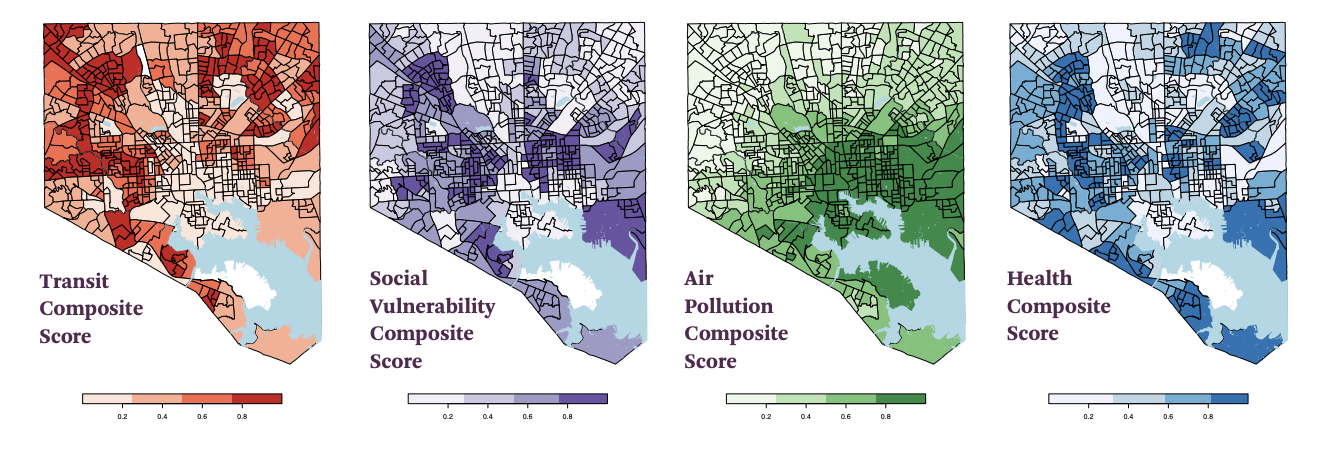
For the transit score, many indicators appear to increase farther away from the city center, including the average commute time, the percentage of public transit users with a commute greater than 45 minutes, the difference in average commute time between public transit and personal vehicle use, and the distance to high-frequency transit stops.
See the full study online.

